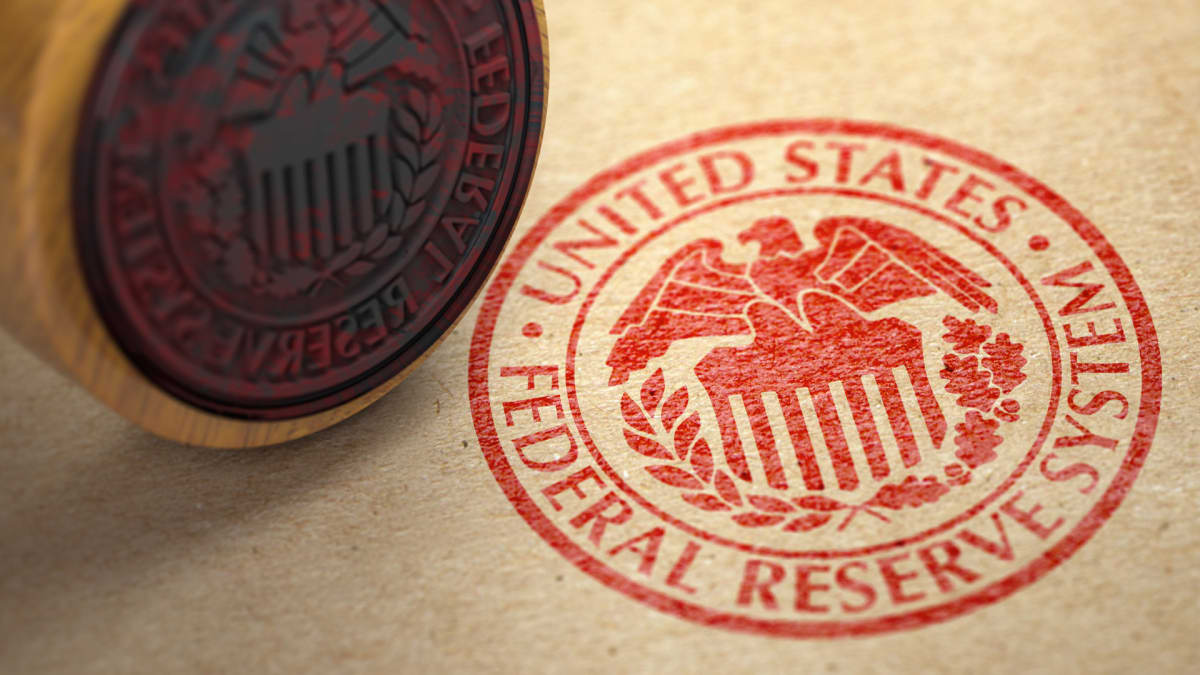
The big question raging through financial markets is how much more the Federal Reserve will raise interest rates.
Since it began its rate-hike campaign in March, the Fed has lifted the federal funds rate by 375 basis points (3.75 percentage points), to a range of 3.75% to 4%. In September, Fed officials predicted that the rate will peak at about 4.6% next year.
But in November, Fed Chairman Jerome Powell said the Fed may have to go further than expectations. And now experts, including interest-rate traders, have coalesced around a forecast of 5%.
But St. Louis Fed President James Bullard said last week that the Fed may have to push rates beyond that.
Using the so-called Taylor Rule for monetary policy, Bullard suggested the federal funds rate may have to go beyond 5%, to as high as 7%.
Good for Savings Accounts, Bad for Loans
That would be good for you if you have a savings account or money-market fund or are looking to buy individual bonds. That’s because it would push the interest rates higher on those assets. But it’s bad if you’re planning to take out a loan because it would mean you'll be paying back at higher interest rates.
As for the Taylor rule, it stipulates that the federal funds rate should be guided by two factors: the difference between actual and targeted inflation and that between actual and targeted GDP growth.
The Fed has a 2% target for inflation. But its favored inflation indicator, the personal consumption expenditures price index, jumped 6.2% in the 12 months through September.
“Thus far, the change in the monetary policy stance appears to have had only limited effects on observed inflation,” Bullard said. The September number was unchanged from August and down just slightly from 6.4% in July, though it was down more substantially from 7% in June.
“To attain a sufficiently restrictive level, the policy rate will need to be increased further,” he said.
Federal Funds Could Hit 9%
Lindsey Piegza, chief economist at securities firm Stifel, says the federal funds rate may have to be raised beyond 7%.
“While Bullard’s calculation appears reasonable on the lower bound, even at 7%, the upper bound may be understating the high needed for rates, given the potential for more hawkish assumptions,” she said
Complicated calculations involving economic growth indicate “a potential need” for the federal funds rate to climb to 8% to 9%, Piegza said.
“The recent improvement in inflation pressures turning over from peak levels has seemingly … blinded many investors to the need for the Fed to aggressively continue along a pathway to higher rates,” she said.
The consumer price index’s 7.7% gain in the 12 months through October represents improvement from the 8.2% surge through September, Piegza said.
But, “it is hardly anything to celebrate or a clear signal for the Fed to move to easier policy, with a 2% target range [for inflation] still a distant accomplishment,” she said.
Black Friday Sale
Get Action Alerts PLUS + Quant Ratings investing insights for one low price.
- Action Alerts PLUS: Unlock portfolio guidance, access to portfolio managers, and market analysis every trading day.
- Quant Ratings: Get stock ratings, key financial metrics, and ratings upgrades and downgrades for your stock analysis.







